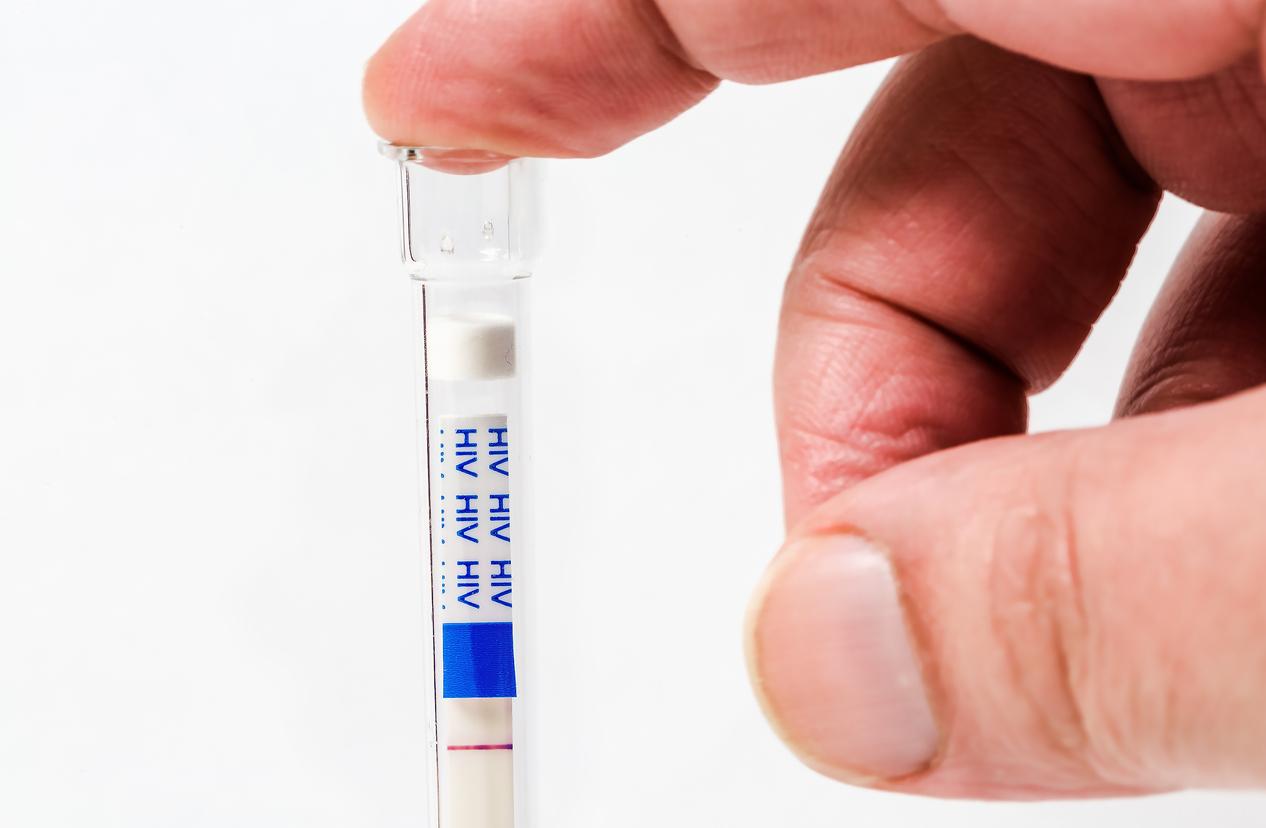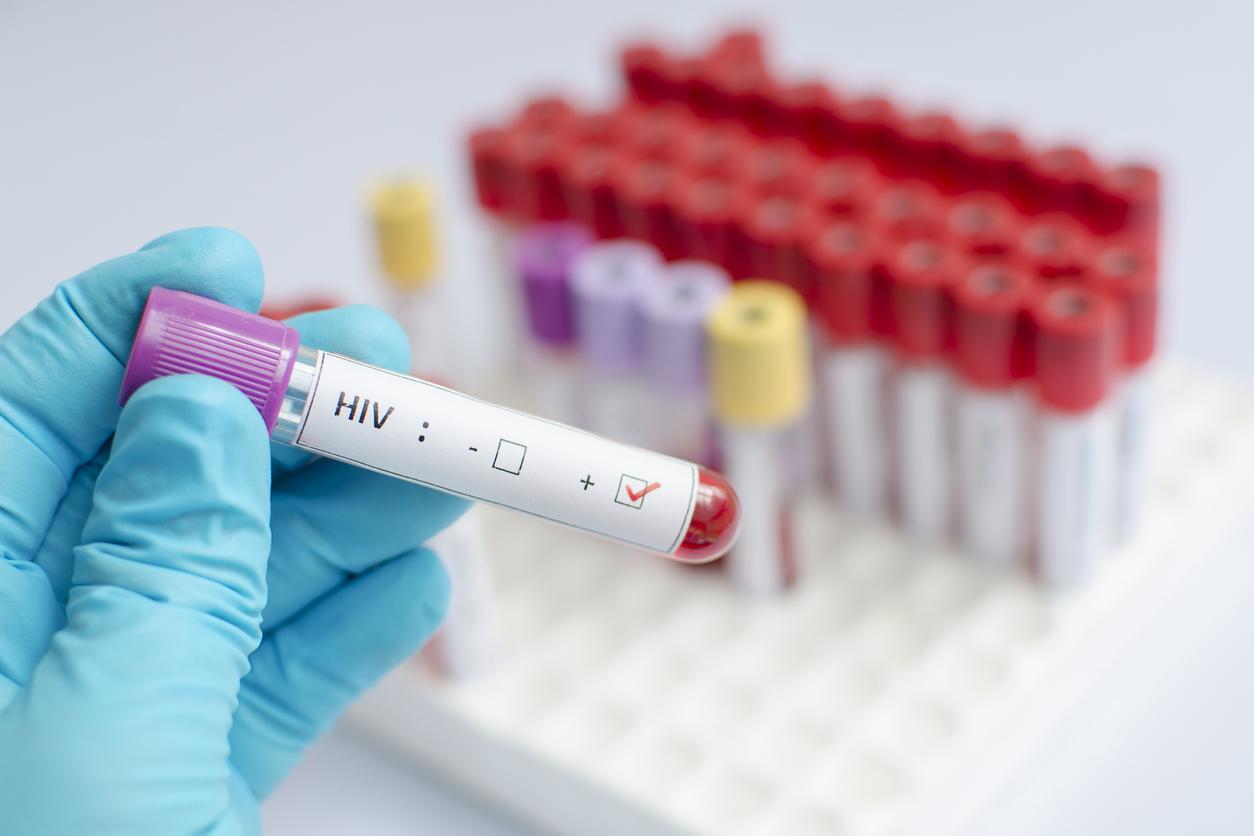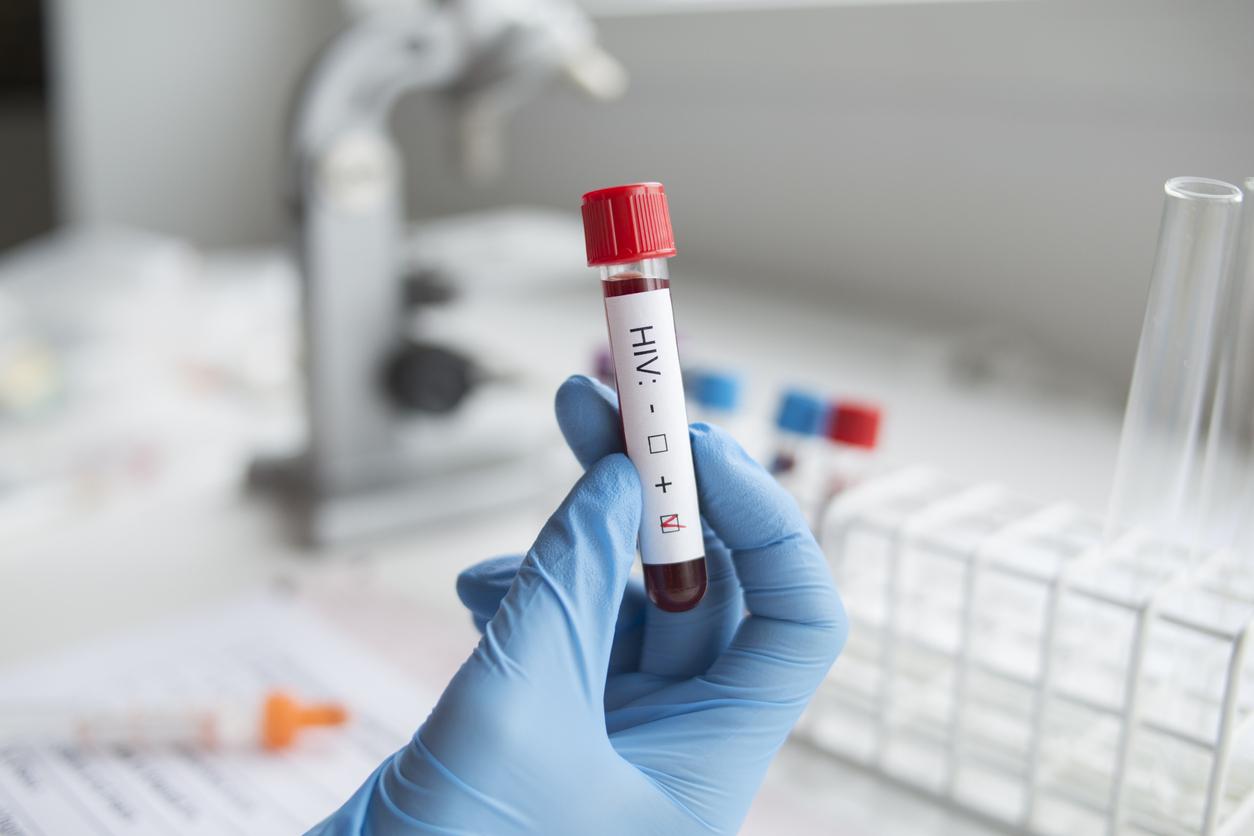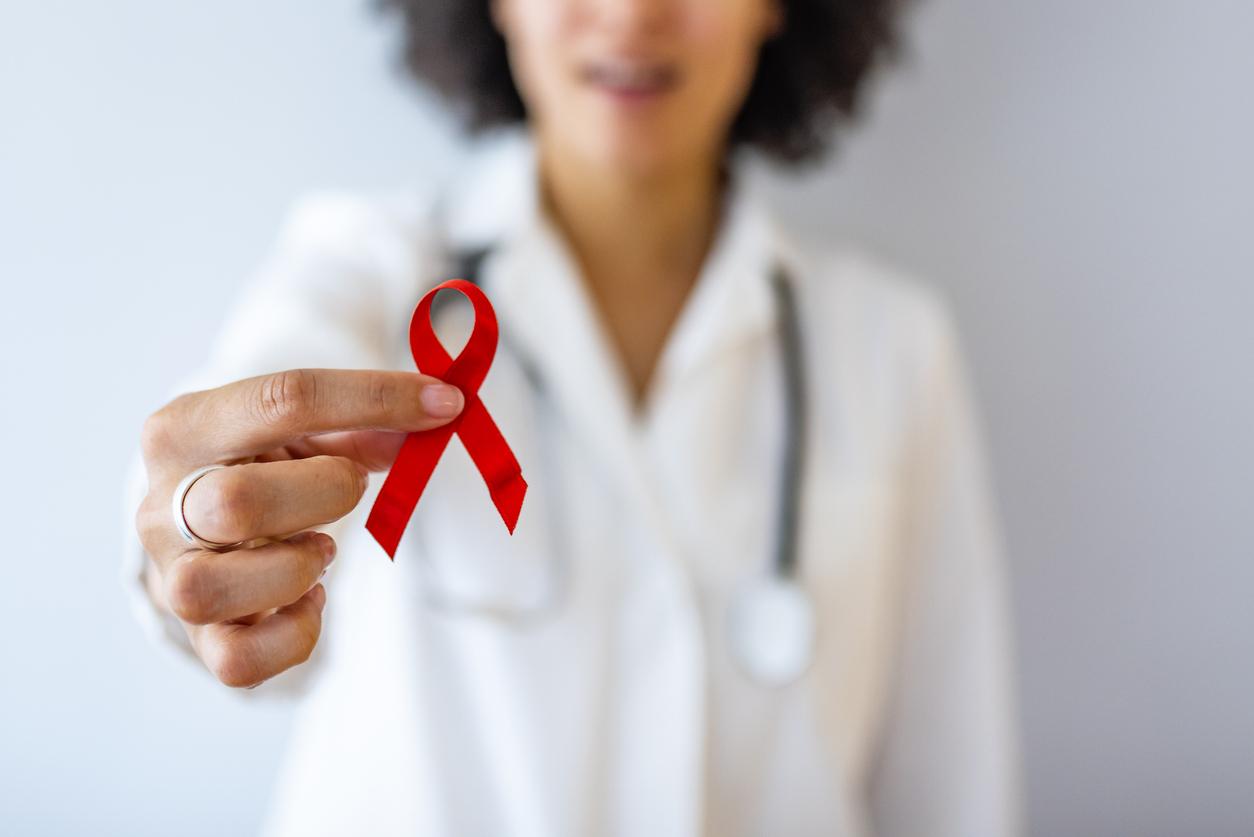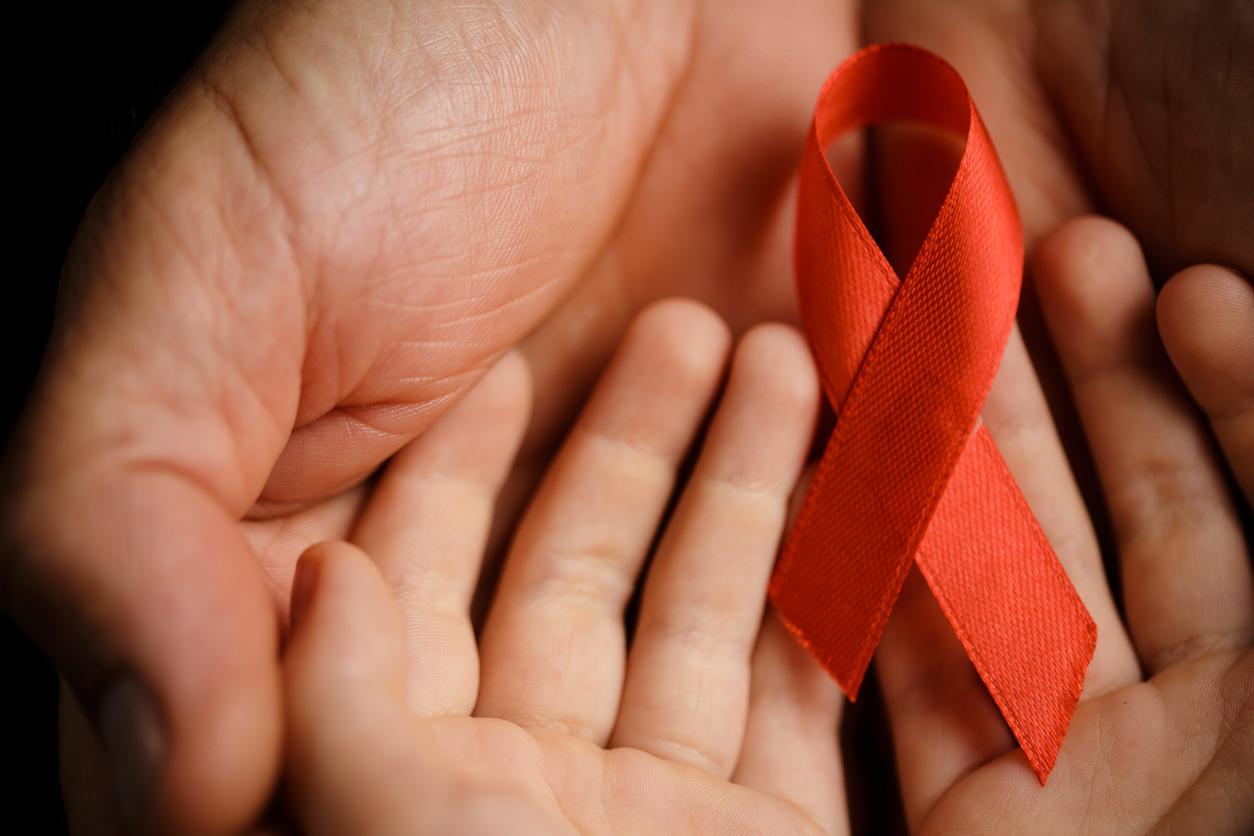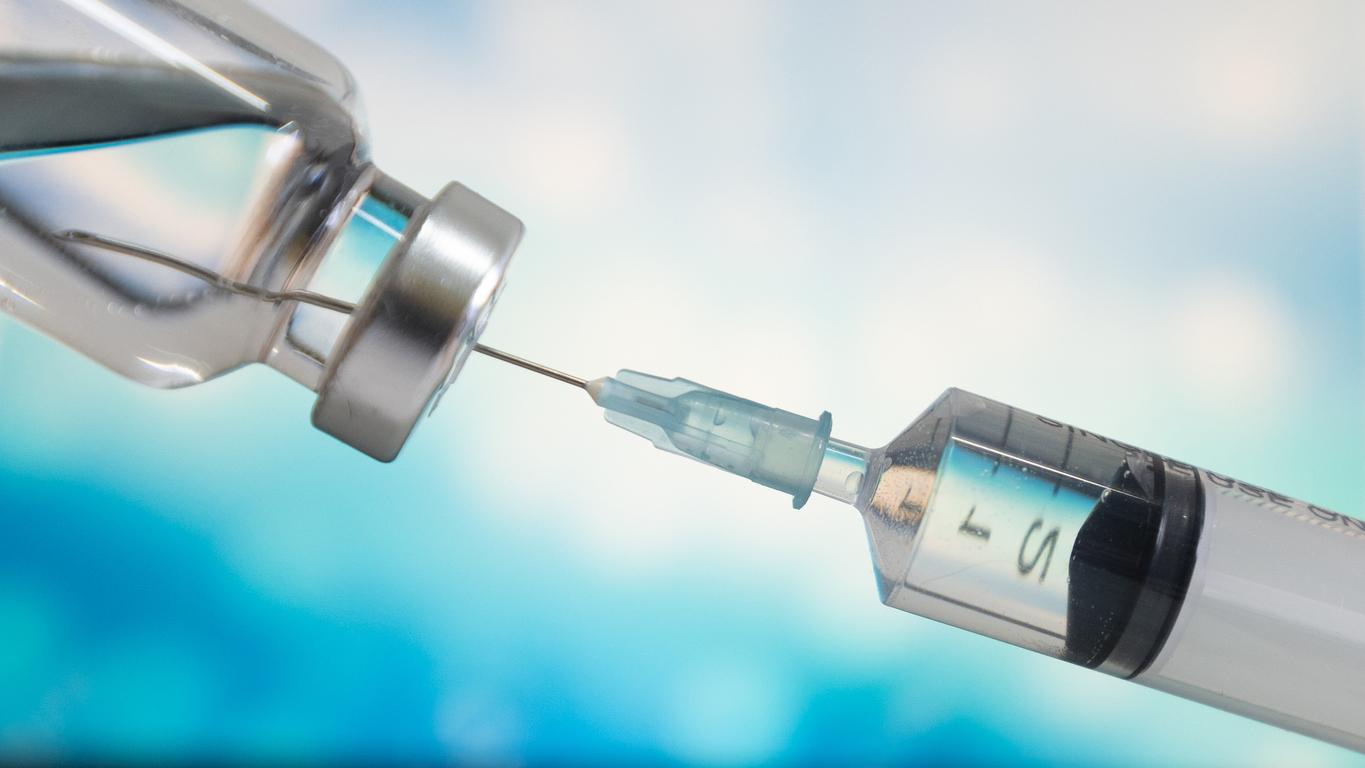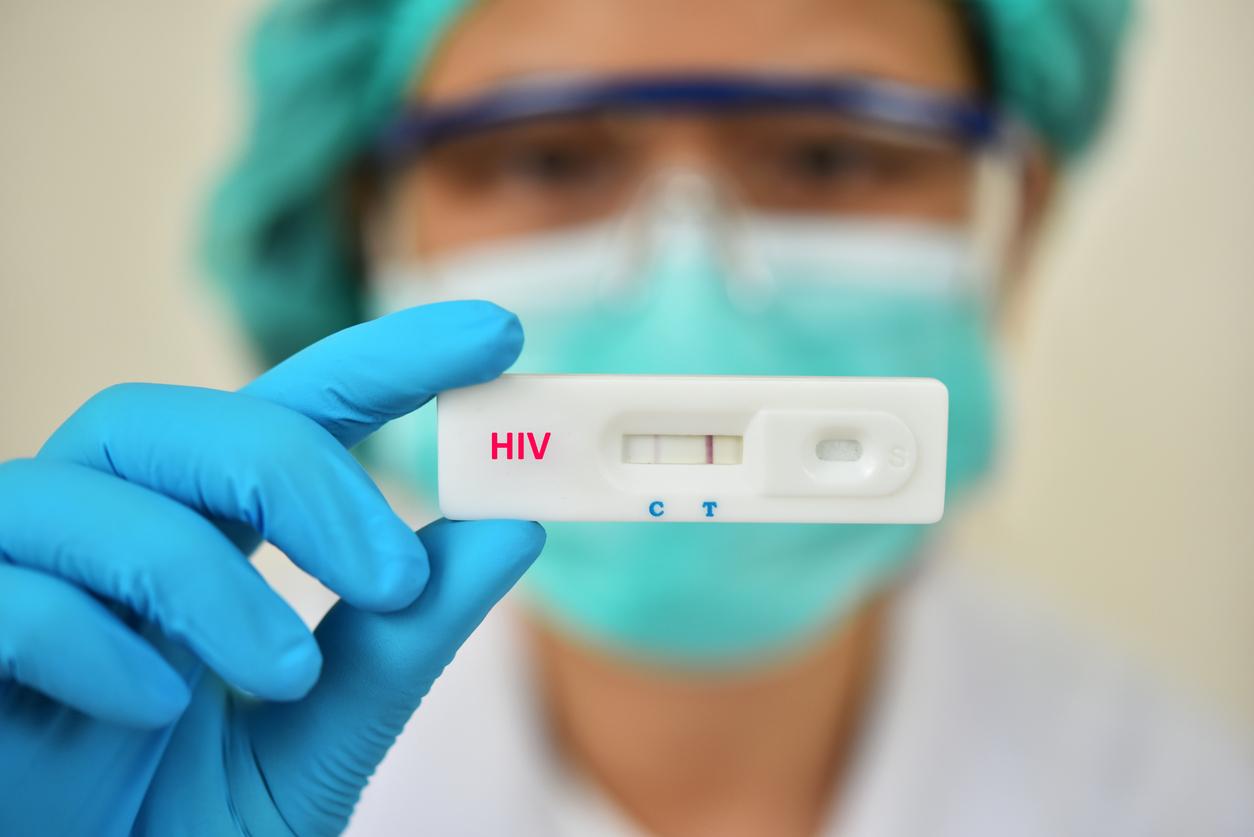Doctors are wondering about a patient in remission from HIV who has not received a bone marrow transplant carrying the mutation seen as protective.
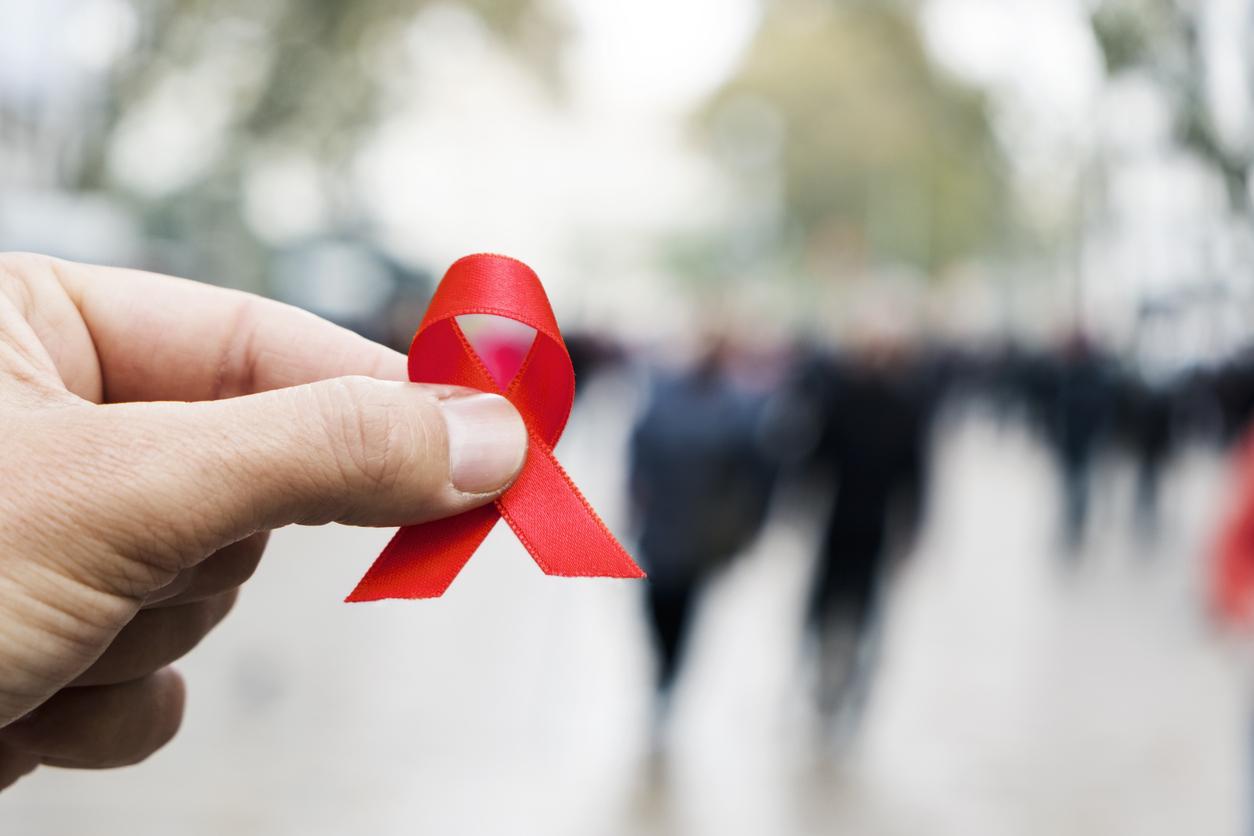
- Worldwide, a total of seven people are considered probably cured or in sustained remission from HIV infection after receiving a bone marrow transplant for treatment of blood cancer.
- The Geneva patient is the only one to have experienced HIV remission following a bone marrow transplant that did not carry the CCR5 delta 32 mutation.
- But until now, doctors thought that the remissions were linked to this rare genetic mutation capable of making cells naturally resistant to HIV.
Six people worldwide are considered probably cured or in lasting remission from HIV infection. What do these patients have in common? They all received a bone marrow transplant for the treatment of blood cancer, whose donor carried a particular mutation: the CCR5 delta 32 mutation. For doctors, this element played an essential role in their cure by making the immune cells resistant to infection. But a seventh case, the patient from Geneva, calls this theory into question. He is, in fact, in remission even though his graft did not contain the famous protective mutation.
Professor Alexandra Calmy of the Geneva University Hospitals and Professor Asier Sáez-Cirión of the Pasteur Institute have been following the man, called Romuald, for several months to understand this particular case. They presented their progress in the journal Nature Medicine September 2, 2024
Geneva patient: no viral load for 32 months
Romuald, who had been living with HIV since the early 1990s, received “close and prolonged” monitoring at the Geneva University Hospitals (HUG) after his bone marrow transplant. Tests showed a gradual reduction in the viral reservoir following the operation. “The virus-carrying cells capable of multiplying, which were easily detected before the transplant, are no longer detectable during the latest analyses”assure the authors in a joint press release between the Swiss establishment and the Pasteur Institute. “To date, plasma viral load has remained undetectable for 32 months after discontinuation of antiretroviral therapy”they specify in their scientific article.
Asked when his case was first reported in July 2023, Romuald had confided: “What is happening to me is magnificent, magical, we are looking towards the future.”

HIV: reactions after transplant at the heart of the questions
After several months of research on this unique case, the team has put forward several hypotheses to explain the remission: “The presence of innate immune cells with high anti-HIV potential could counter the possible rebound of the virus from the few infected cells that could remain in the body. On the other hand, the immunomodulatory treatment that this patient is receiving to control graft-versus-host reactions, experienced repeatedly since the transplant, could help to avoid viral reactivation.”
Scientists suggest that graft-versus-host disease could “have led to such an efficient elimination of the viral reservoir that the CCR5 delta 32 mutation is no longer necessary, because no virus capable of multiplying would remain in the body”.
For them, the discoveries made by following Romuald open up new avenues of research aimed at remission of HIV infection.









